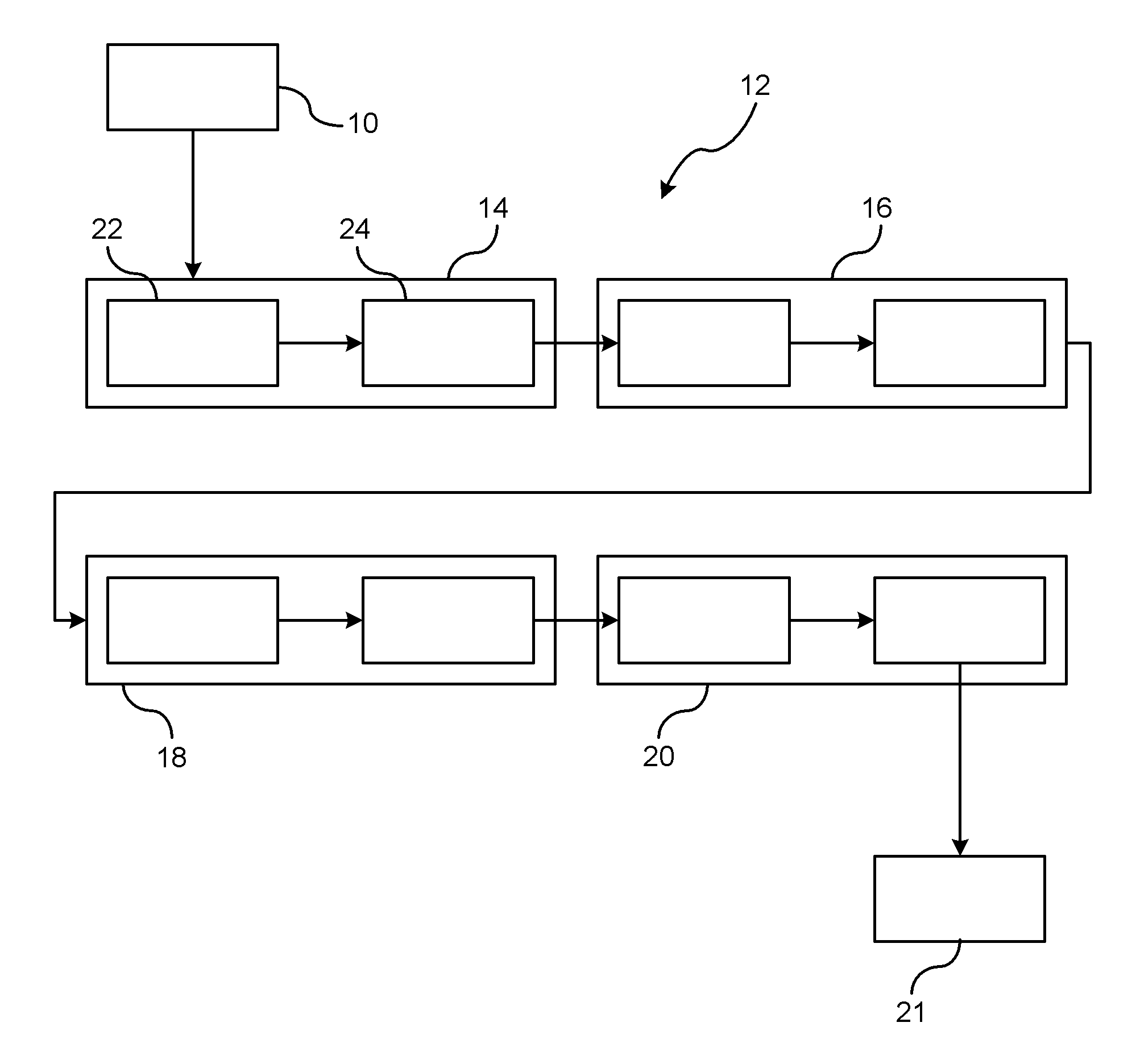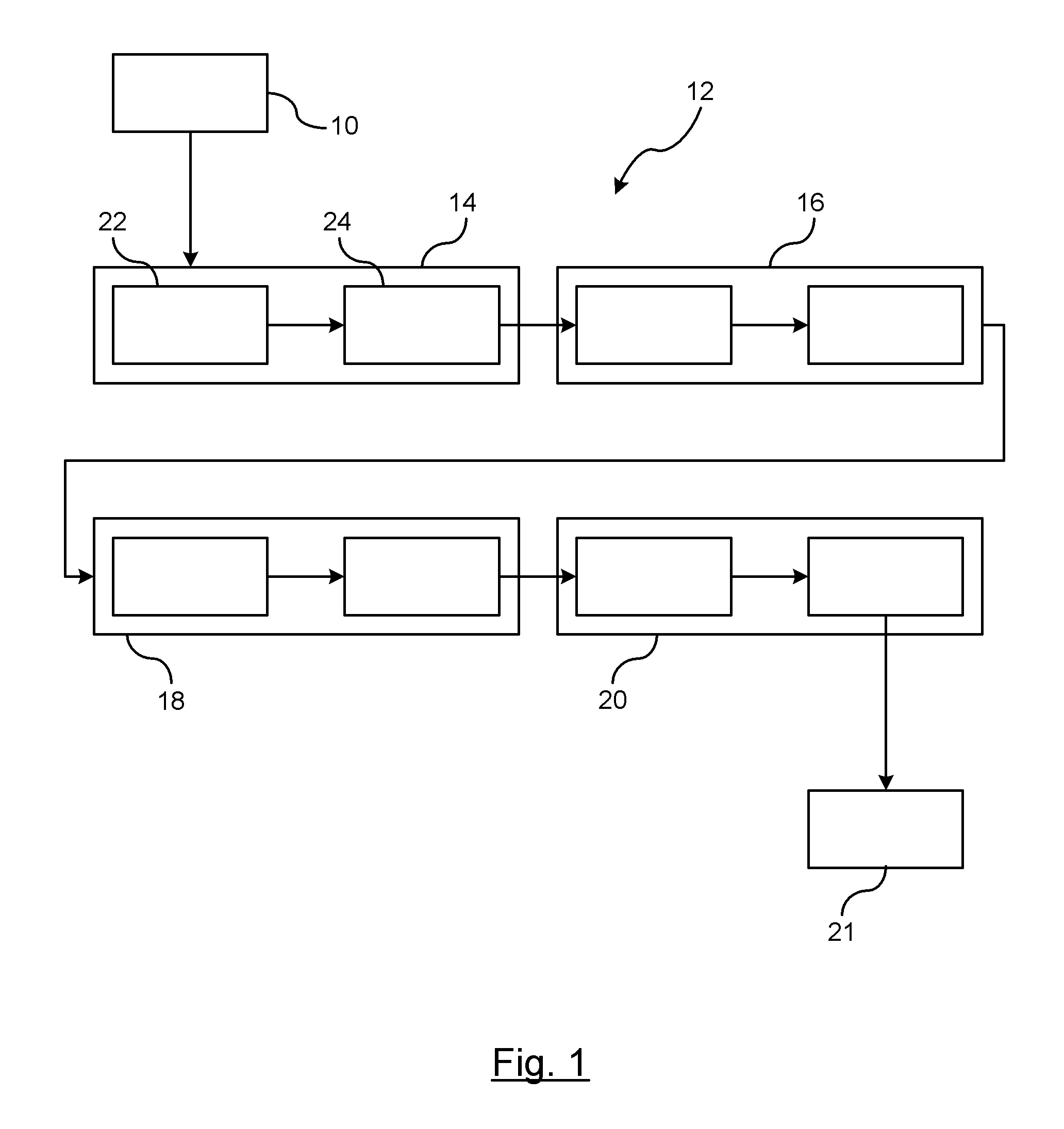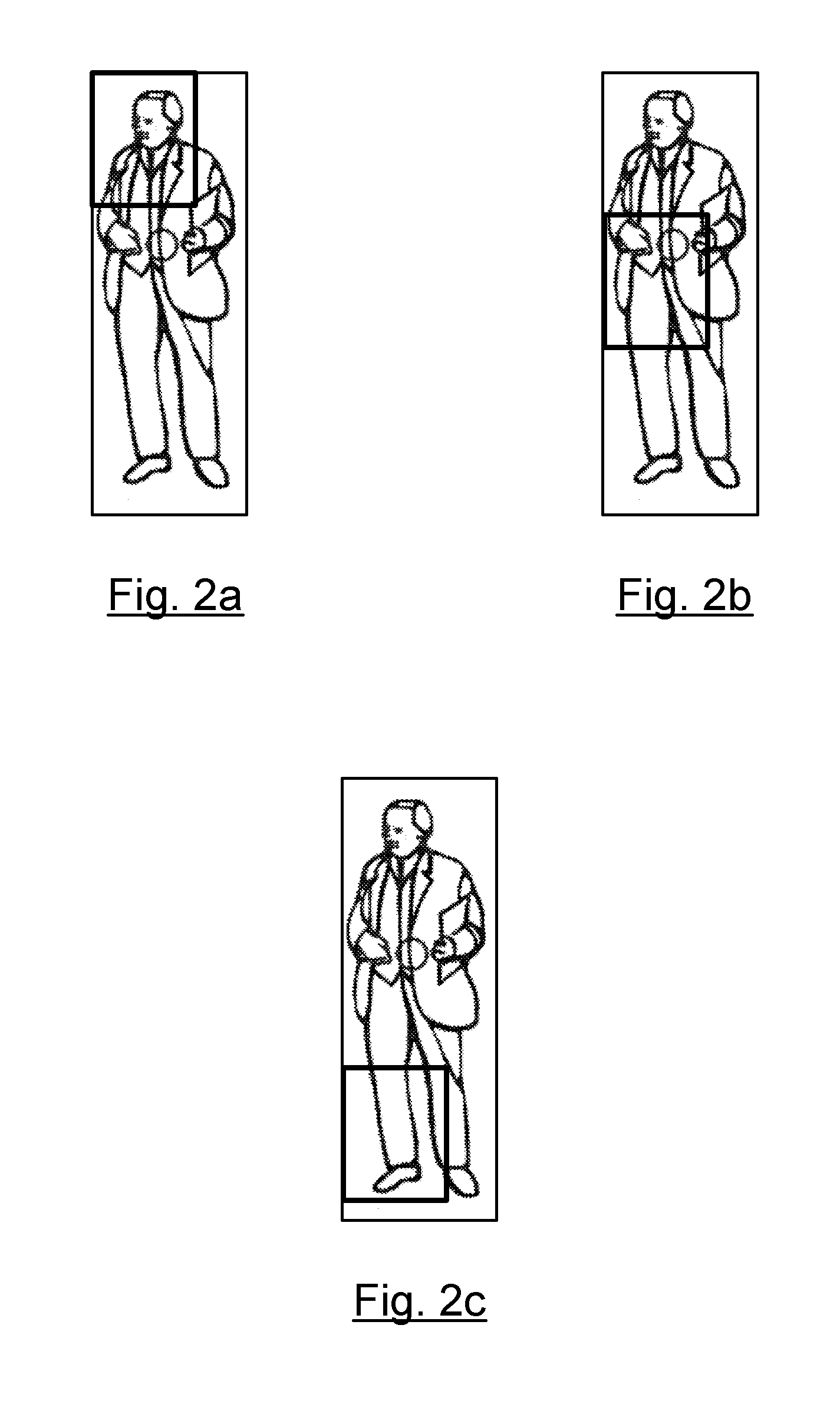Vision-Based Object Detection by Part-Based Feature Synthesis
a technology of feature synthesis and object detection, applied in the field of object detection systems, can solve problems such as performance deficiency and scalability of known techniques, and achieve the effect of improving performance and scalability
- Summary
- Abstract
- Description
- Claims
- Application Information
AI Technical Summary
Benefits of technology
Problems solved by technology
Method used
Image
Examples
Embodiment Construction
[0013]There is shown in FIG. 1 a block diagram illustrating the concept of an object detection feature synthesis system. Object detection feature synthesis as described herein is regarded as an iterative interplay of two modules that include a feature generation module and a feature selection module. The feature generation module generates a temporary classifier and a feature family, and iteratively generates an extended feature family. New features are added to a previous temporary classifier. The feature selection module then prunes the new suggested features and learns a more defined classifier.
[0014]In FIG. 1, a plurality of still images of training data 10 is input into a training module 12. The training module 12 uses a plurality of iteration steps 14-20 for generating a trained object classifier 21. It should be understood that the number of iterations as shown herein is exemplary, and that any number of iterations can be used. For each iteration, a feature generation stage 2...
PUM
 Login to View More
Login to View More Abstract
Description
Claims
Application Information
 Login to View More
Login to View More - R&D
- Intellectual Property
- Life Sciences
- Materials
- Tech Scout
- Unparalleled Data Quality
- Higher Quality Content
- 60% Fewer Hallucinations
Browse by: Latest US Patents, China's latest patents, Technical Efficacy Thesaurus, Application Domain, Technology Topic, Popular Technical Reports.
© 2025 PatSnap. All rights reserved.Legal|Privacy policy|Modern Slavery Act Transparency Statement|Sitemap|About US| Contact US: help@patsnap.com



